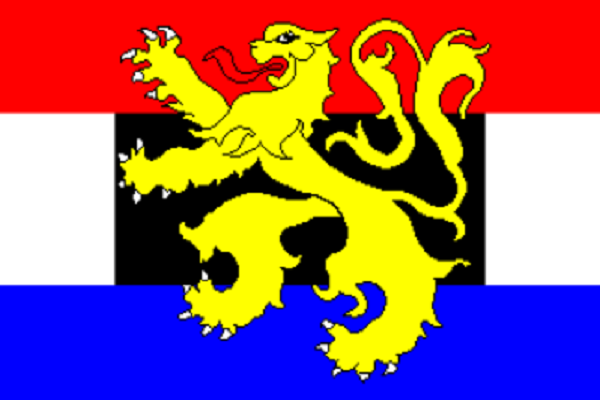Establishment aims
buildingSMART (formerly IAI) aims to create standards to allow interoperability between software used within the building lifecycle.
buildingSMART was founded by 12 North American companies in the construction industry. These companies showcased a series of applications to show interoperability problems and possible solutions at the June 1995 A/E/C systems show in Atlanta, Georgia.
These prototypes showed the aspirations in realizing interoperability.
With the success of the demonstration, the 12 companies in September 1995 invited participation to this movement by the international construction industry. This way, the international buildingSMART was born.
The companies participating in buildingSMART create IFC specifications in multiple disciplines. buildingSMART aims to not create software, but to lead software companies to facilitate IFC standards, and to push for the creation of software and applications that utilize opportunities gained from the abilities that computers bring in the construction industry.

buildingSMART’s mission
The Vision
Enable interoperability in the construction industry.
The Mission
To define data sharing specifications of each software and application, promoting its use and public understanding throughout project lifecycles.
Our Values
- Non-profit organization
- Open membership requirements
- Cooperative Organization
- Consensus decision-making
- Public disclosure of research findings
- International solutions
- Collaboration between software and industry experts in the specification and publishing of standards
What is buildingSMART(formerly IAI)?
The current construction industry is built from many different disciplines. Each individual discipline has developed independently with their own languages, technology and ways of representing information. This has caused many problems when attempting to share information between disciplines. Even within the individual disciplines, there are difficulties in communication and loss of information. When working collaboratively, project costs have been increasingly rising. For example, at the Denver International Airport, problems occurring during the project was put on the front page of newspapers, revealing how CAD applications within the construction industry do not have the ability to share data. This problem occurred due to designers of over 20 different disciplines having different CAD platforms and third-party applications which were not compatible each-other.
In this way, two solutions were devised.
1.By unifying the software platform
This method would involve design companies to invest in new software and hardware, including training the staff in using the new tools.
2.By using common elements of applications to exchange information
This method allows each company to continue working in the same way as they have previously, however poses problems of data loss in some parts. (For example, conversion using DXF file format.)
Ultimately, the second option was chosen for financial reasons.
The Denver International Airport project above represents the current state of the construction industry.
By not being able to solve interoperability through data sharing by software, production inefficiencies occur in many situations. This means that there are many inefficient steps in the design, construction and maintenance management construction lifecycle. Many consultants face the same problems in the lifecycle, having to keep adding or search for information. Even while being in the high information society era, there is a large amount of wasted work in the design process.
From this, buildingSMART aims to improve interoperability through data sharing. Specifically, through standardization of data shared across different software platforms.
Regional Alliances / Chapters
※Currently buildingSMART is formed of 18 Chapters.



















